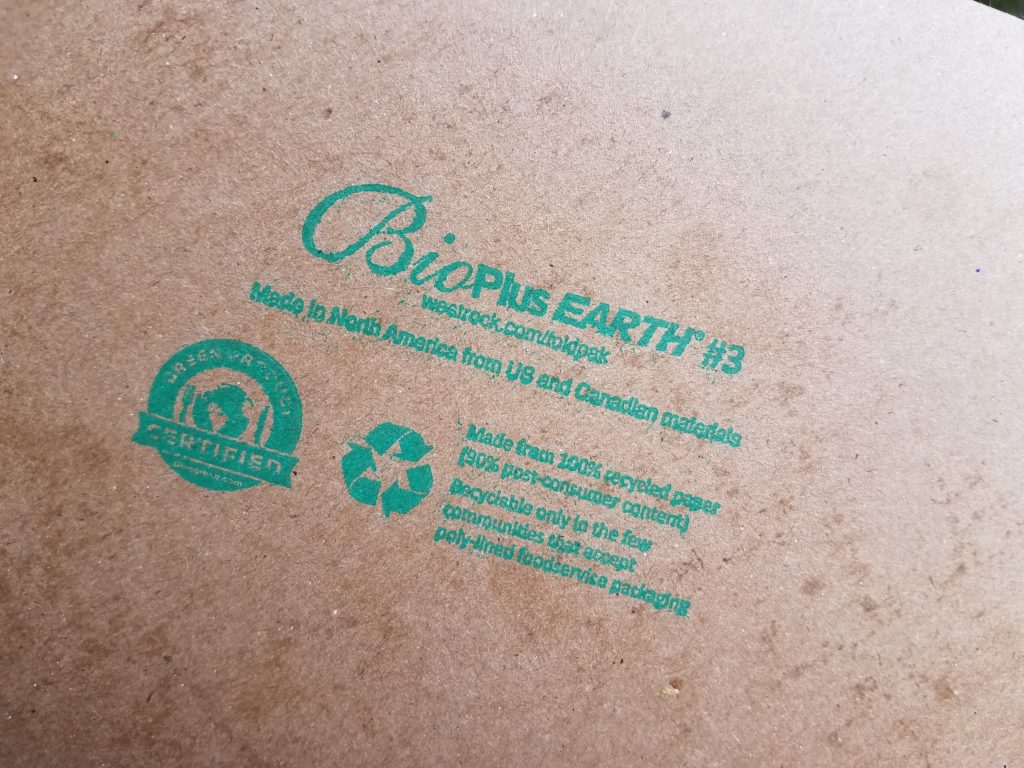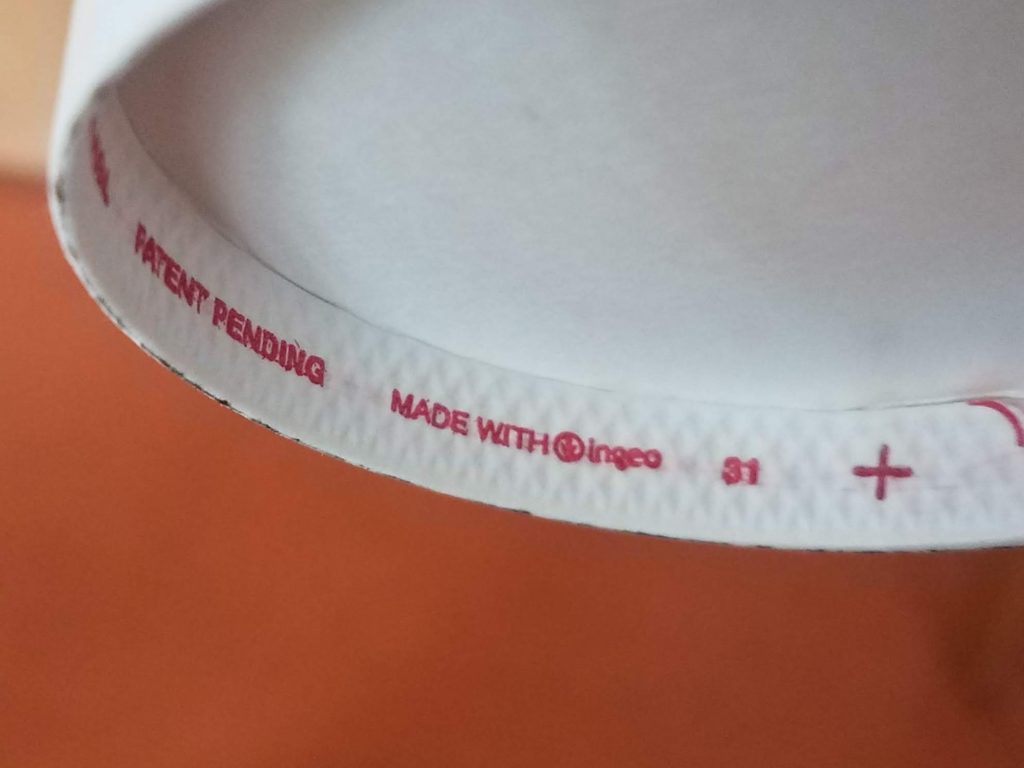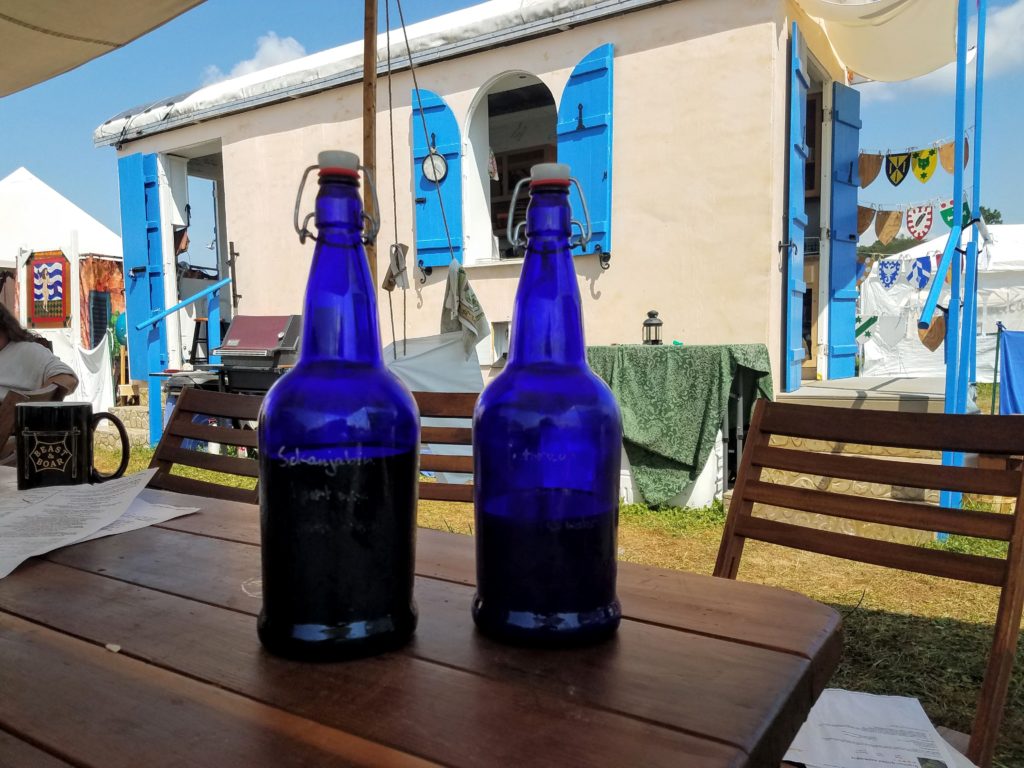If you missed the introductory post about my zero-plastic challenge for July, you can read about it here. The purpose behind this pledge was not only to reduce the amount of single-use plastics going into landfills (best case) and waterways (worst case), but also to raise awareness about individual habits and realistic alternatives. Based on my experience with six weeks of zero waste living this past spring, I knew that no matter how hard I tried, I would not be able to avoid all plastic. In order to offset any unintended plastic use, I pledged to contact a politician or influencer for each piece of plastic I was responsible for purchasing.

Plastic-Free Results
Plastic-Free July was difficult, but not as difficult as Zero-Waste Lent. For the most part, I had retained many of my habits from this spring, such as bringing my own to-go containers, refusing straws, and packing my own silverware. Most of my plastic purchases actually happened in the first part of the month. In an attempt to get my garden under control, I bought four large bags of mulch. I learned afterwards that my garden center actually does bulk mulch deliveries, so I will make use of that in the future. On the same trip, I also purchased a bag of bird seed and a jar of Deer Scram. While my garden center does sell some bulk bird seed, they do not sell bulk finch mix, which is what I needed. I do not know of any (effective) alternatives to Deer Scram that come in something other than a plastic container.
I also had two unfortunate encounters with unintended plastic in the food service industry. One day I decided to grab a (veggie) burger and a beer between work and choir practice. I asked for a water, and it came in a plastic cup instead of a glass. Out with friends after work closer to the end of the month, I got some food to go (forgetting to bring my Tupperware), and the container they brought me, though paper, was lined with plastic.
By my count, that is eight outreach opportunities I now need to fulfill. Honestly, eight is not bad for a whole month, especially when six of them were from one garden center trip. I have not yet identified specific people or topics, but I will be working on that in early August. While writing this post, I was spending every free minute preparing for the most amazing camping event of the year, which brings me to one of the things that helped me get through July with so little plastic.

What a Hobby
I spend many a weekend (and weeknight, for that matter) involved in the Society for Creative Anachronism (SCA), a global, nonprofit, living-history organization devoted to recreating aspects of the Middle Ages [2]. The largest event in the society is an annual “war” held between two kingdoms, and Pittsburgh is right in the middle of the two. The joke when the Pennsic War first began was that the losing kingdom would get Pittsburgh. The event, however, is no joke – it is now in its 48th year and runs for two weeks, bringing over 10,000 people from around the globe [3].
In the SCA people study whatever strikes their fancy about medieval life: cooking, spinning, armored combat, languages, and so on. If it existed before 1600 AD, there is probably someone who studies it. Most of my time in the society goes to singing in my local choir, creating illuminated manuscripts, and heading my local brewers guild. The latest project in our brewers guild (what we made for Pennsic) is a non-alcoholic beverage served throughout the SCA during the warm weather months, made from sugar or honey, vinegar, and herbs: sekanjabin.
Sekanjabin hails from Iran, and no one has been able to tell me quite how old it is, but it certainly pre-dates the time period of focus in the society, which begins roughly around the fall of Rome. The benefit of this drink is that when you make it, you boil vinegar, sugar or honey, and herbs to make a syrup. The sugar content is so high in the syrup that it keeps very well in warm weather, without any need for refrigeration. When you want to drink some, you dilute it with ice water, and the result is a pleasant, refreshing, hydrating drink – a little sweet and a little tart.
I tried it for the first time years ago when someone had brought jugs of it to the side of a battlefield for the fighters, and I was amazed at how simple and how good it was. My first thought was “this is medieval Gatorade.” I could drink it all day, and really, that’s the point in hot weather.
I made myself a batch for Plastic-Free July, just before Christian and I took a biking/camping trip on the hottest weekend of the summer. I knew hydration was going to be critical for us, but I didn’t want to buy massive amounts of sports drinks. As an alternative to buying bottles and bottles of the commercial stuff, I also made a batch of something much more akin to Gatorade, using lemon, lime, ginger, honey, and salt. The sekanjabin and the “electrolyte drink” each went into a swingtop bottle and came along in our cooler. They were lovely, and we stayed hydrated despite the heat.
The best part, aside from not generating dozens of plastic bottles, is that you can dilute the syrup to your personal preference. I think Gatorade is too sweet, so I like being able to play with quantities until I achieve something I can drink all day. Batches of each went along with me to Pennsic.

Recipes
And here are the recipes. Enjoy!
Sekanjabin[4]
- 16 cups, sugar
- 10 cups, water
- 4 cups, wine vinegar
- 4 handfuls (about a cup, unpacked), dried mint
Mix the sugar with the water in a large pot. Set this on to simmer, and stir until all the sugar is dissolved. Then add the wine vinegar and spices or herbs, and simmer well, stirring, for one half hour.
This recipe is an old one from my brewers guild, from long before I was old enough to drink. I quartered the amounts here to make one bottle for individual use. However, if you’re trying to sustain your friends at a large event, go all-out. I also waited until after the boil to add the mint. That was still enough time to impart the flavor of the mint without adding any of its bitterness, which happens if you boil it too long. (Ask me how I know.)
Electrolyte Drink[5]
- 1 (4″) piece ginger, peeled
- 1/4 cup fresh lemon juice
- 2 tablespoons fresh lime juice
- 2 teaspoons agave nectar or honey
- 1/8 teaspoon fine sea salt
- 2 3/4 cups mineral or coconut water
Finely grate ginger and, using a flexible spatula, press solids into a fine-mesh sieve set over a small bowl; discard pulp. You should have about 1 tsp. ginger juice. Combine ginger juice, lemon juice, lime juice, agave, and salt in a large measuring cup or bowl. Stir in mineral water. Pour over 2 glasses filled with ice.
I quadrupled these quantities and left out the water so I could mix the concentrate in a water bottle later, sekanjabin style. I cut way back on the honey quantity because I didn’t want something very sweet – as I said, the beauty of these drinks is tailoring them to your own tastes. I also used powdered ginger because that’s what I had in the kitchen the morning we left for our camping trip. Real ginger would certainly be better, but my substitution worked in a pinch. Finally, I’m sure mineral or coconut water is great, but I just used water from spigots while out and about, making the process much more convenient and creating less waste.
I was very happy to try out two recipes that were delicious, hydrating, and kept me from using obscene amounts of plastic in an attempt to stay alive in the heat.
Do you have any recipes for summer drinks you’ve tried and liked? Did you try Plastic-Free July? I’d love to year your stories below.
Thanks for reading!
[1] https://www.natureworksllc.com/
[3] https://www.atlasobscura.com/places/the-pennsic-war-coopers-lake-slippery-rock-pennsylvania
[4] http://www.cs.cmu.edu/~pwp/tofi/bmdl_brewers/sekanjabin.html
[5] https://www.epicurious.com/recipes/food/views/lemon-ginger-electrolyte-drink
1 Comment
Plastic-Free July (Corona Edition), Part 1 – Setting the Stage – Radical Moderate · January 14, 2021 at 9:58 pm
[…] [4] https://radicalmoderate.online/medieval-gatorade-a-plastic-free-july-recap/ […]